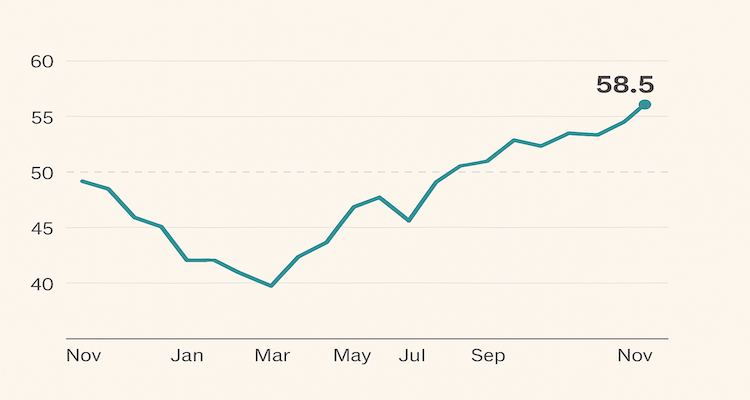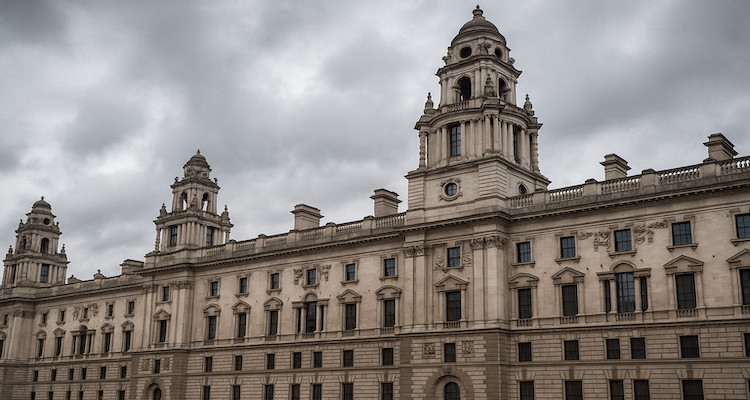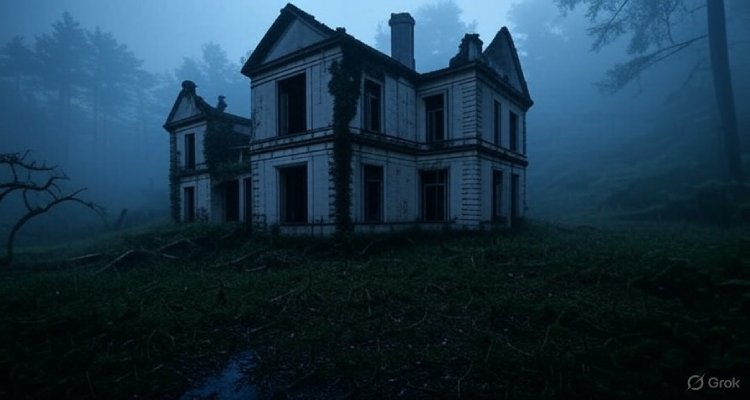Whispers in the Walls: The World’s Most Haunted Places You Shouldn’t Visit Alone
From crumbling asylums to cursed castles, explore the world’s most haunted places that are steeped in terrifying legends and ghostly whispers.
Whispers in the Walls: The World’s Most Haunted Places You Shouldn’t Visit Alone
Introduction: Where Fear Finds Its Home
The world holds secrets in its shadows. Some lie buried beneath centuries of silence; others whisper from behind crumbling walls, daring only the bold to listen. These are the places where legends live, where history took a darker turn—and where visiting alone might mean never truly leaving. From chilling cries in abandoned hospitals to phantom footsteps in forgotten castles, the world’s most haunted places aren’t just stories—they’re warnings.
Context & Background: The Legacy of Hauntings
Haunted sites have captivated human curiosity for centuries. But what makes a place “haunted”? Historians and paranormal investigators often cite a mix of tragic deaths, historical trauma, and cultural folklore. Whether it’s war-torn battlegrounds, sites of medical horrors, or castles with blood-soaked pasts, these locations have one thing in common: a lingering energy that defies rational explanation.
Haunted tourism is now a booming industry, drawing thrill-seekers and skeptics alike. Yet, these places aren’t theme parks. Many carry documented histories of violence, suffering, and unexplained phenomena, leaving visitors rattled—and sometimes forever changed.
Main Developments: A Global Map of the Terrifying
1. Poveglia Island, Italy: The Plague Island
Dubbed the “Island of Ghosts,” Poveglia was a quarantine station during plague outbreaks, later turned into a mental asylum in the 20th century. Locals refuse to go near it. Visitors have reported anguished screams, shadowy figures, and feelings of being watched.
“You feel like you’re not supposed to be there,” said Lorenzo Rossi, a Venetian boat operator who ferries tourists near the island. “The silence is alive.”
2. Aokigahara Forest, Japan: The Sea of Trees
Nestled at the foot of Mount Fuji, this forest has a chilling reputation as a site of suicides. Despite its natural beauty, compasses malfunction and eerie quiet dominates. Locals believe the forest is haunted by yūrei—vengeful spirits.
Warning signs in Japanese and English urge visitors to reconsider their decisions: “Your life is a precious gift.”
3. Eastern State Penitentiary, USA: Echoes of Isolation
This Philadelphia prison pioneered solitary confinement—and the psychological toll remains embedded in its stone corridors. Former guards and tourists have heard ghostly whispers, echoing footsteps, and distant screams.
Ghost Hunters International once dubbed it “the most haunted building in America.”
4. Château de Brissac, France: The Lady in Green
This opulent French castle hides a grisly tale. Charlotte de Brézé was murdered here in the 15th century, and her spirit—known as La Dame Verte—is still seen wandering the halls with hollow eye sockets.
Current residents claim they’ve grown used to her ghostly presence.
5. The Ancient Ram Inn, England: Portal to Hell?
Dating back to 1145, this former priest’s residence is built atop pagan burial grounds and has a dark history of child sacrifice and demonic rituals. Visitors report physical attacks—scratches, sudden nausea, and being pushed by unseen forces.
Owner John Humphries claimed he was once dragged from his bed by an invisible entity.
Expert Insight: Are These Places Truly Haunted?
Paranormal researcher Dr. Elise Marlowe, who has investigated several of these sites, believes there’s more than folklore at play.
“Places absorb trauma like sponges. Repeated intense emotion—especially fear or pain—can leave behind residual energy. Whether it’s psychological or spiritual, something real is happening.”
Psychologists, however, offer a skeptical lens. Dr. Hannah Lee of Cambridge University notes, “In high-stress environments with disturbing histories, the human brain is more susceptible to suggestion and fear responses.”
Impact & Implications: The Ethics of Haunted Tourism
As haunted tourism grows, so do concerns about exploitation and safety. Cultural groups argue that sites like Aokigahara deserve solemn respect, not selfies. Meanwhile, authorities in Italy have banned visits to Poveglia without permits.
Tourists are also risking more than chills—injuries, disorientation, and even psychological trauma have been reported.
Ghost tourism operators now face increasing calls for regulation and ethical guidelines.
Conclusion: The Line Between Legend and Reality
Whether you’re a believer or a skeptic, the world’s most haunted places force us to confront something primal: the fear of the unknown. These haunted landmarks are more than spooky destinations—they’re living records of human suffering, history, and mystery.
One thing is certain: if you choose to go, don’t go alone. And maybe, just maybe, don’t go at all.
Disclaimer:
This article is for informational and entertainment purposes only. Visiting potentially dangerous or restricted areas is not advised without proper permissions and safety precautions.











